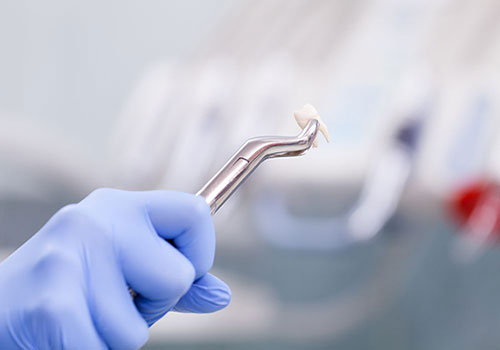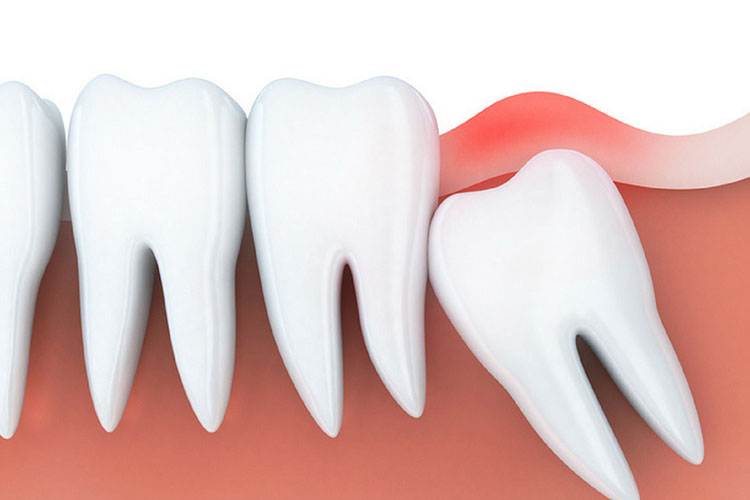Wisdom teeth, also known as third molars, are the last teeth to develop in humans, typically in our late teens or early twenties.
This blog post explores everything from their origins to why they often need to be removed.
What Are Wisdom Teeth?
Wisdom teeth are the third and final set of molars most people get in their late adolescence or early adulthood. These teeth are located at the back of your mouth, two on the top and two on the bottom. Due to their late appearance, wisdom teeth can often lead to dental issues.
The Origin of the Name “Wisdom Teeth”
The term “wisdom teeth” derives from the age at which they typically appear—often between 17 and 25 years old, a time traditionally associated with becoming wiser and more mature. The name is a literal translation from the Latin dens sapientiae, which means “tooth of wisdom”.
Do All People Have Wisdom Teeth?
Not everyone develops wisdom teeth. According to various studies, a significant percentage of the population—anywhere from 5% to 37%, never develops one or more of their wisdom teeth. This variance can be attributed to genetic differences and evolutionary changes.

Why Are Wisdom Teeth Removed?
Wisdom teeth are often removed because they can cause many problems when they try to erupt through the gums. If there is not enough space in the mouth to accommodate them, they can become impacted or only partially erupt, leading to pain, infection, and damage to adjacent teeth. Moreover, their hard-to-reach location makes them more challenging to clean, increasing the risk of tooth decay and gum disease.
Prehistoric Humans and Wisdom Teeth
Anthropological evidence suggests that prehistoric humans had larger jaws with more room to accommodate more teeth, including wisdom teeth. As human diets and lifestyles have evolved, our jaws have gradually become smaller, but our teeth have not proportionately reduced in size. This evolutionary change is one of the reasons why wisdom teeth often cause issues today.

How Do Wisdom Teeth Differ in Shape Compared to Other Teeth?
Wisdom teeth are similar in structure to other molars, designed for grinding food. However, they can vary more in size, shape, and the number of roots than other teeth. Some wisdom teeth have multiple roots that can be fused or branched, and their crowns can be either more rounded or more angular, depending on genetics and space available during their development.
Conclusion
Wisdom teeth are a fascinating relic of our evolutionary past, nestled in the back of our mouths, emerging during our “wiser” years. While they once served a functional purpose for our ancestors, today, they are more likely to be a source of dental complications, prompting many to have them removed. Understanding the history and biology of wisdom teeth can provide valuable insights into human evolution and the complexities of dental development.
St. Lawrence Dentistry, located in Mississauga, Canada. Under the expert care of principal dentist Dr. Allan Hawryluk, we provide exceptional dental services. Whether it’s wisdom tooth management or routine dental care, St. Lawrence Dentistry ensures your smile is healthy and wise.
- St. Lawrence Dentistry Looks Forward To St. Patrick’s Day! - March 12, 2025
- Understanding Dental X-Rays and Radiation: What You Should Know - January 13, 2025
- Happy New Year from St. Lawrence Dentistry! - December 30, 2024











